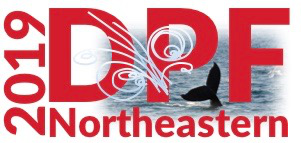Speaker
Description
The NuSOL collaboration pursues the physics motivation and detector development for a neutrino detector in space. I will briefly present some of the physics motivation for detecting solar neutrinos at a distance of just a few solar radii from the sun. The environment close to the sun provides very different backgrounds from those present on Earth. I will also discuss some detector design considerations and initial simulations of a detector concept. The detector obviously needs to be much smaller than typical neutrino detectors on Earth. This is compensated for in the expected event rate by the increase in neutrino flux as the detector gets close to the sun. The smaller detector allows more freedom in design. For example dopants to scintillator in large Earth based neutrino detectors are limited by their availability and cost. The smaller detector volume of a neutrino detector space craft makes feasible higher concentrations of dopants or doping with elements that are not common enough to be used as dopants in kilo-ton scale detectors. On the other hand the space environment and launch provide challenges an Earth based detector does not encounter.
